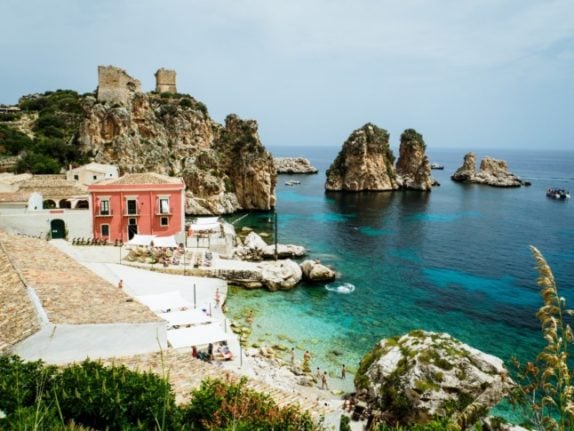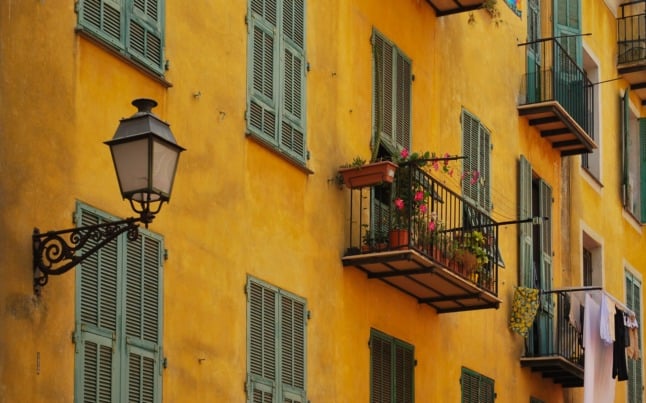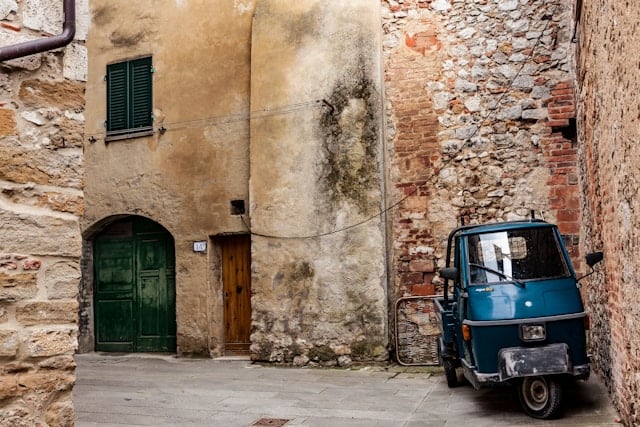One euro homes in Sicily
The list of old and neglected properties on sale for the symbolic cost of one euro has grown again this week.
Pettineo in Sicily has launched its initiative to repopulate the village and upgrade the housing and architectural heritage of the historic centre.
The aim is to recover these unused properties and enhance them, combatting the problem of depopulation, as is so often seen in Italy’s ghost towns.
OPINION: Why Italy must put its forgotten ‘ghost towns’ up for sale – or risk losing them forever
There’s also some fine print, of course, but in this scheme, the municipality is offering up the buildings for a raft of different functions. They can be used as:
- Dwellings for young couples or disadvantaged families;
- Dwellings for individuals and/or families;
- Dwellings to be used as second homes;
- Tourist accommodation facilities (such as a B&B)
- Premises for shops and craft workshops;
- Headquarters for cultural, musical and sports associations and other non-profit organisations.
The form to apply for this scheme can be found here. The sale must be carried out within two months of approving the deeds, while any renovation works must be in accordance with local regulations and must be completed within three years.

Remember these initiatives can be costly and complex, so seek professional advice before buying.
Growing trees indoors – a new Italian trend?
Italian architecture and design is world-renowned and this latest concept from Italian architects Carlo Ratti and Italo Rota is likely to make an impression on the international property scene.
They’ve taken the idea of bringing the outdoors indoors to a whole new level, growing a tree inside a renovated farmhouse, according to architectural reports.
Forget house plants, this tree growing 10 metres high right inside the property represents the family’s strong connection to nature. The designers created the project for Francesco Mutti, the CEO of one of Italy’s most famous food companies, ‘Mutti’.
Incorporating nature inside is a theme the property designers have employed all over the world, such as the Jian Mu Tower in China.
Merging natural and artificial through building and urban farming 🌿
The Jian Mu Tower , in Shenzhen, makes it possible for the building’s tenants to cultivate, purchase and consume fresh vegetables and fruits directly inside the tower. pic.twitter.com/qG6EcfIEXR
— CRA-CarloRattiAssociati (@crassociati) September 3, 2021
Funds for school buildings
While opportunities exist for property hunters in the form of one euro homes, and homeowners can benefit from the government ‘superbonus 110‘, authorities are looking to revive the country’s school buildings too.
PROPERTY: Italy’s ‘superbonus’ renovation projects delayed by builder shortages and bureaucracy
“By November, we are ready to call for tenders for €5 billion: €3 billion for nurseries and kindergartens, €400 million for canteens, €300 million for gyms, €800 million for new schools and €500 million for renovating schools and making them safe,” Education Minister Patrizio Bianchi told reporters.
As part of the National Recovery and Resilience Plan, these pots aim to reform and invest in technical and vocational schools, allocate budget to help students choose their training path, recruit and train teachers and create newer and better places to learn.
In case you missed it
If you’re trying to get hold of a mortgage in Italy but don’t live in the country, you might want to read our article on how to do it – with advice from property expert, Daniel Shillito.
Did you know it’s better to apply for a mortgage in your home country first rather than leave the UK and US and apply for one in Italy?
This is just one of the common mistakes people make when trying to navigate property purchasing in Italy.
Whether you’re a resident or non-resident and want to buy a home, you can find the professional insights on getting a mortgage here.
If you have any tips, stories or thoughts on what we should include in the next edition of the property roundup, we’d love to hear from you. Email us here.
See more in The Local’s Italian property section.



 Please whitelist us to continue reading.
Please whitelist us to continue reading.
Member comments